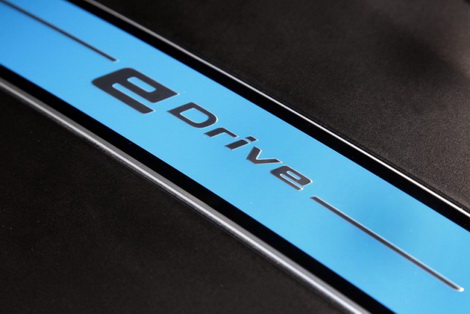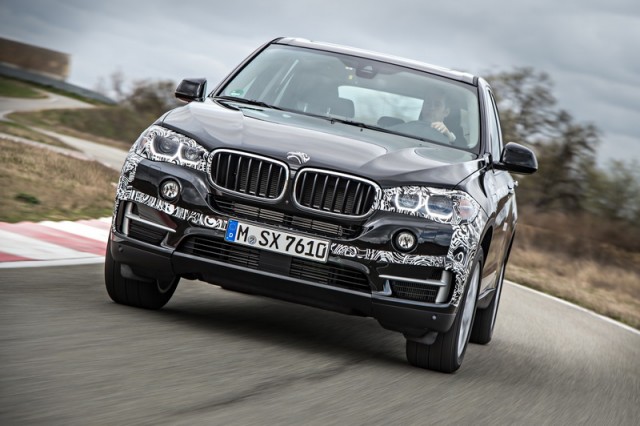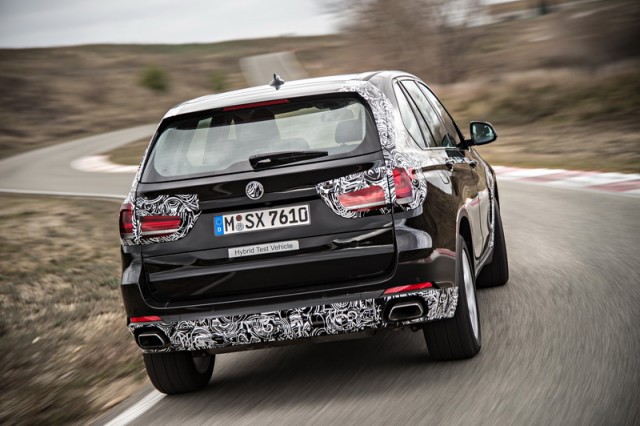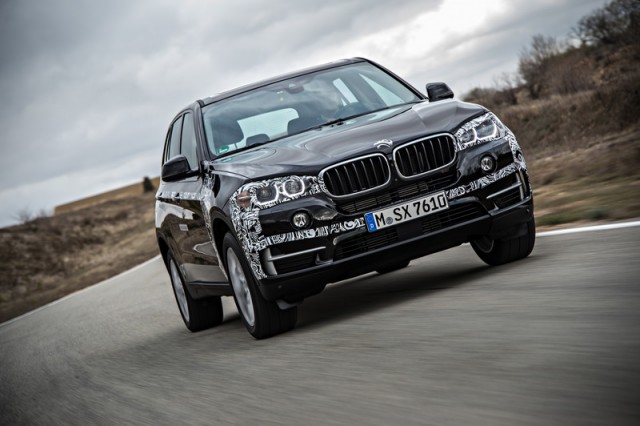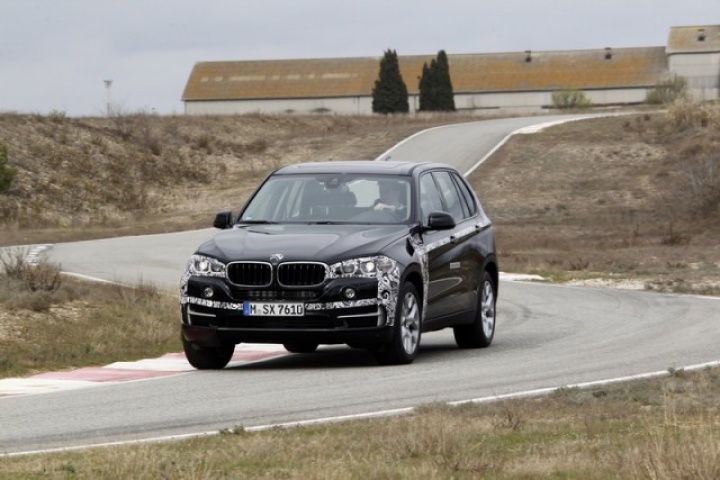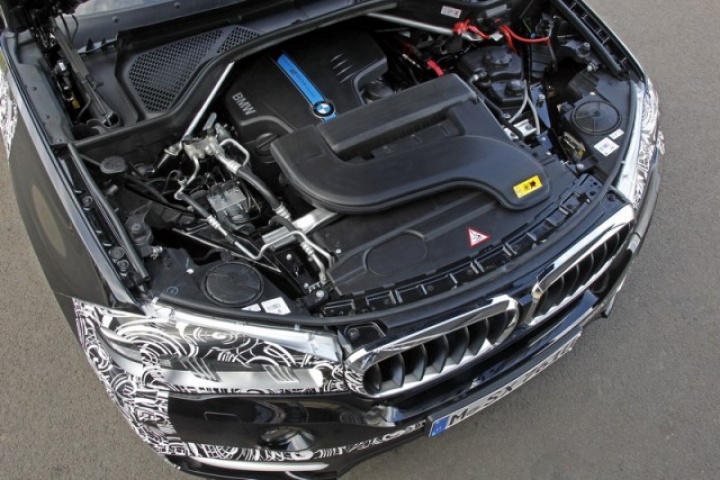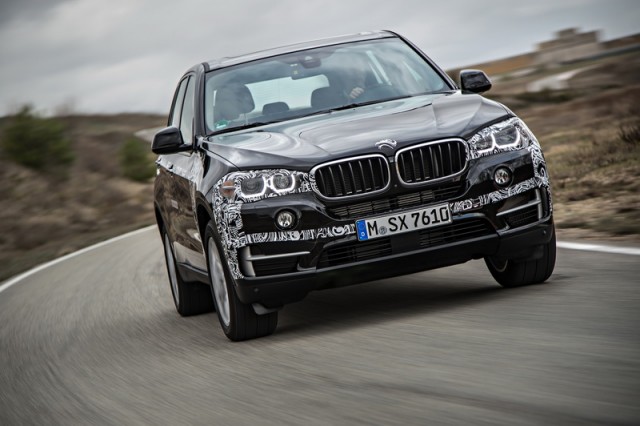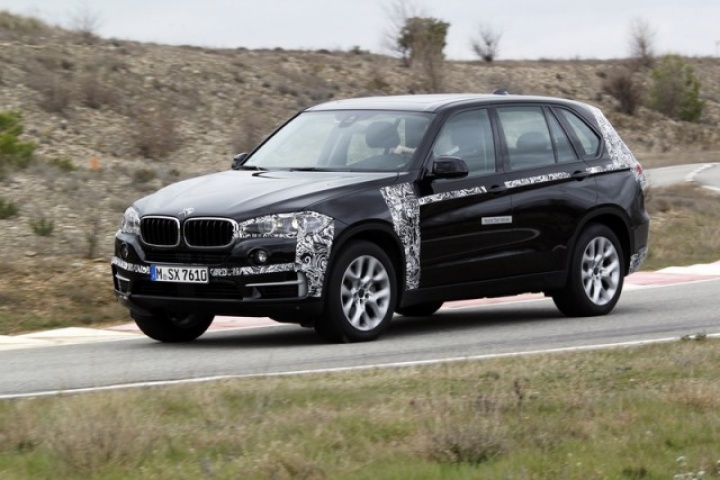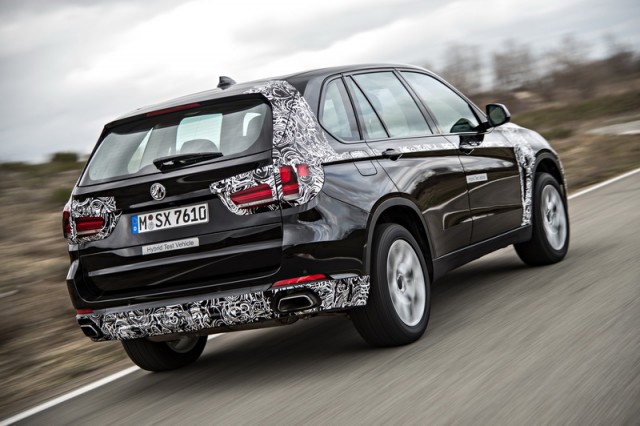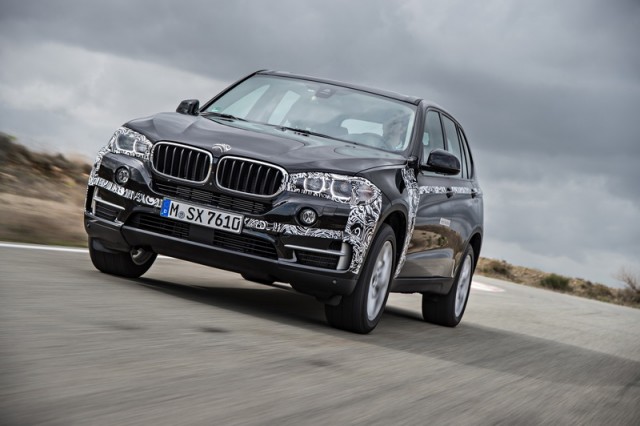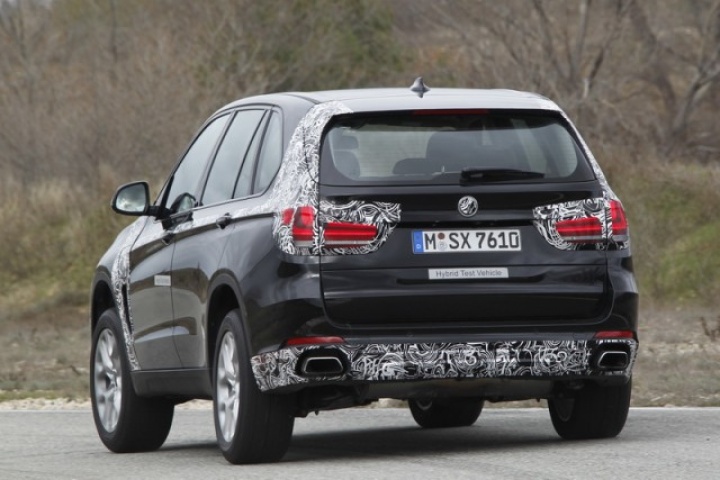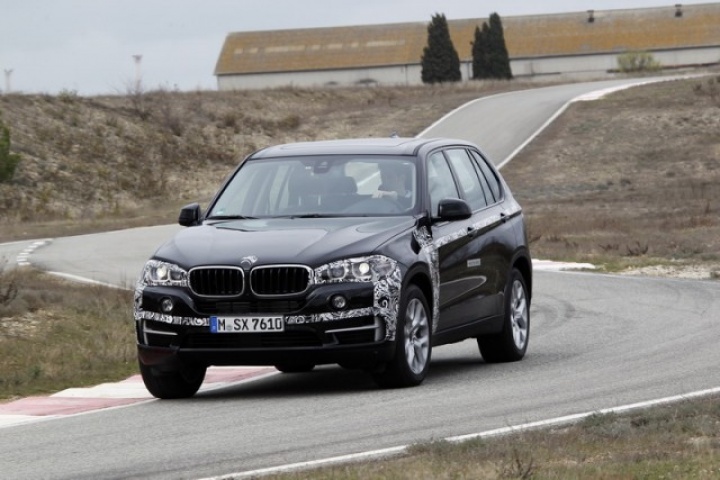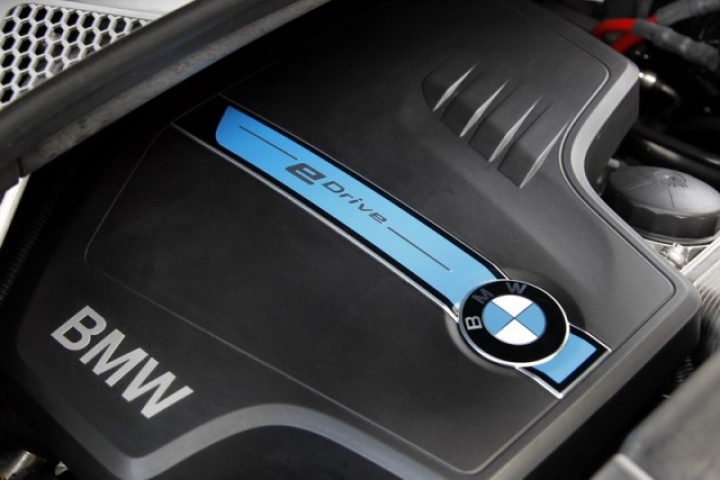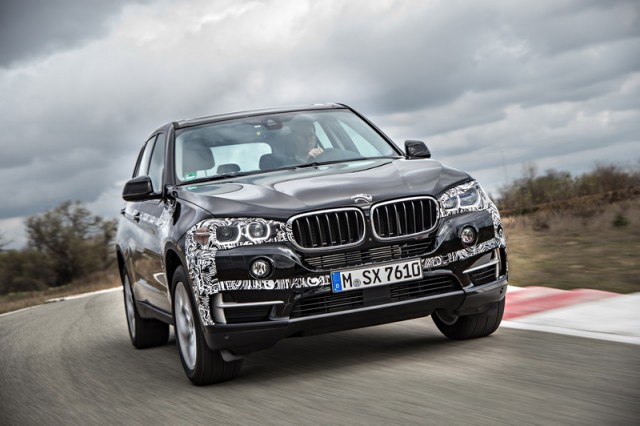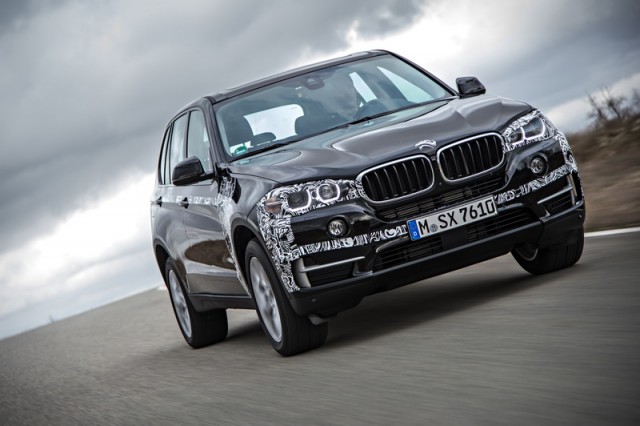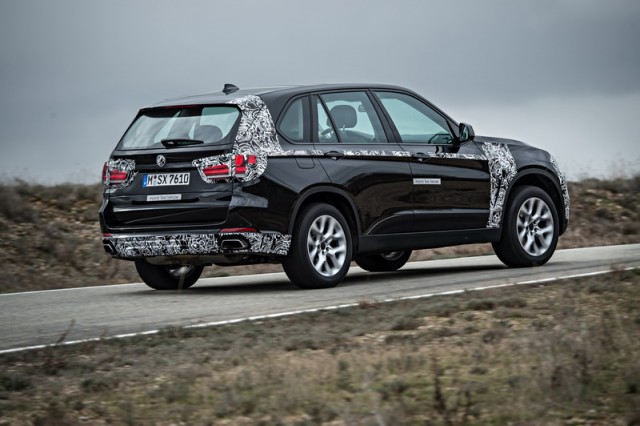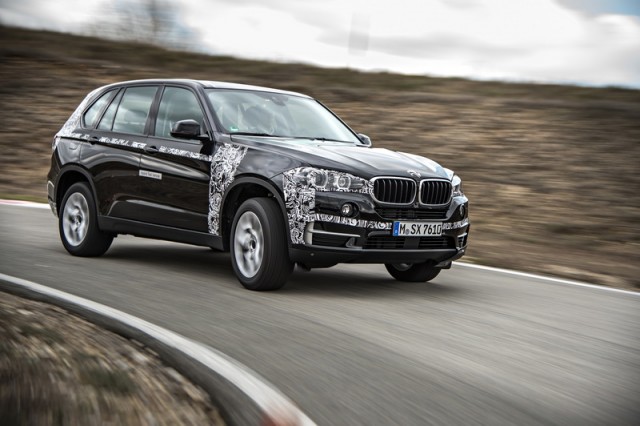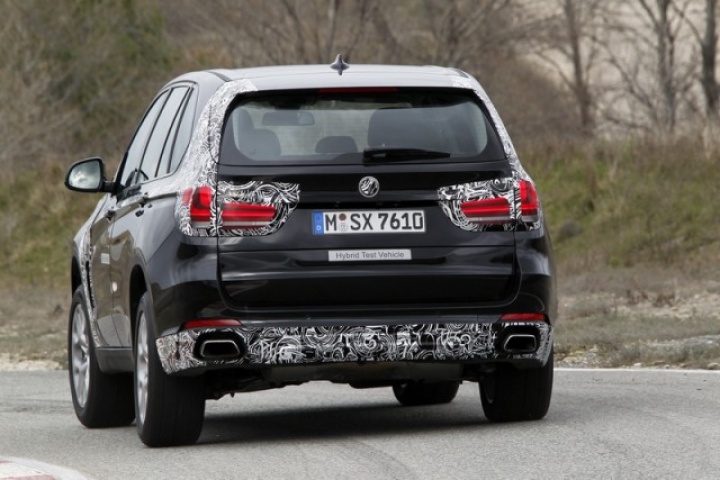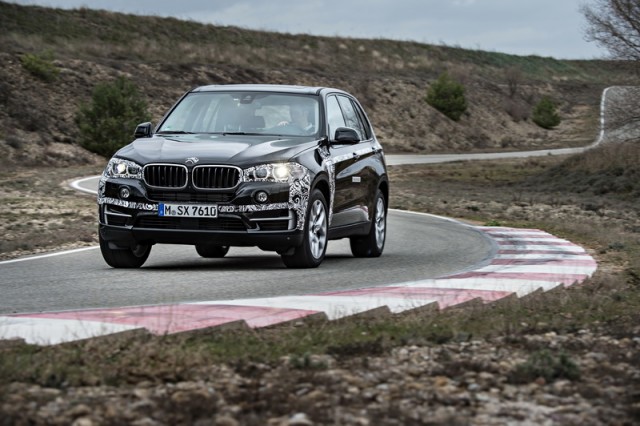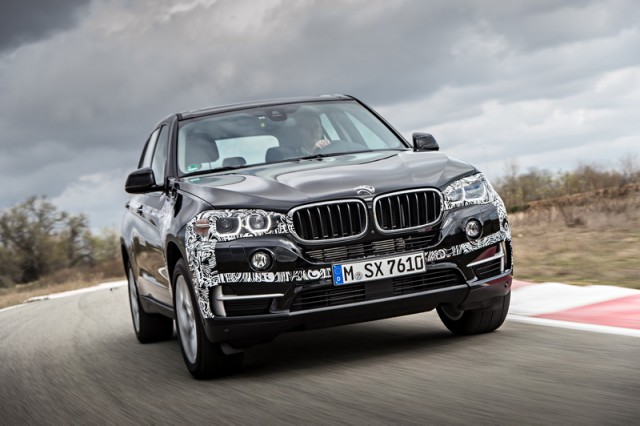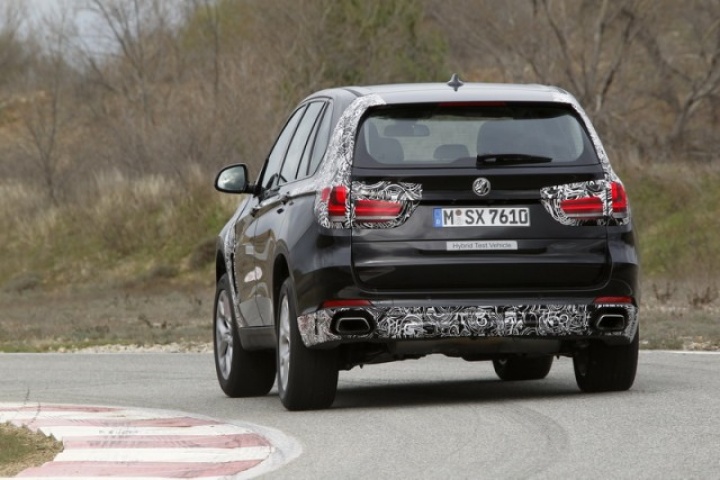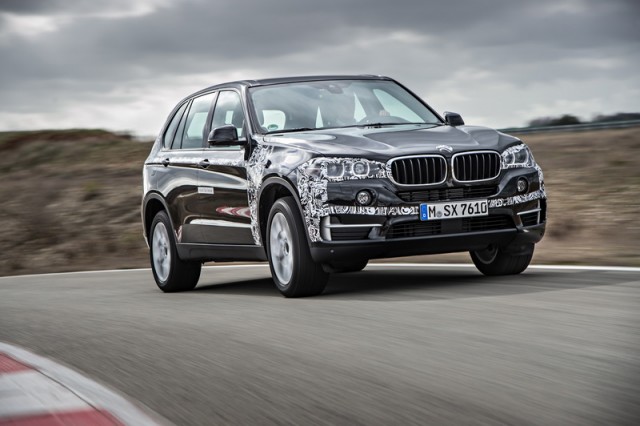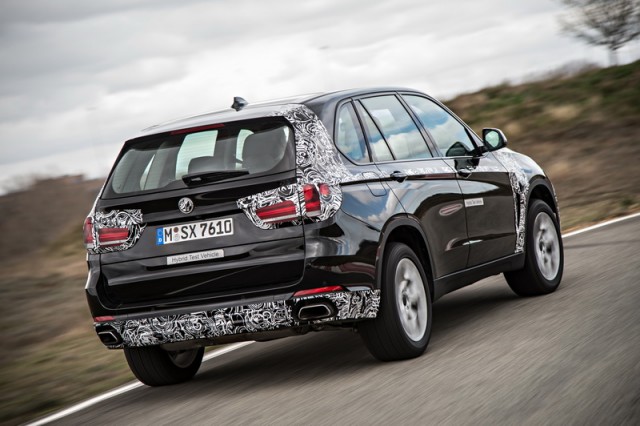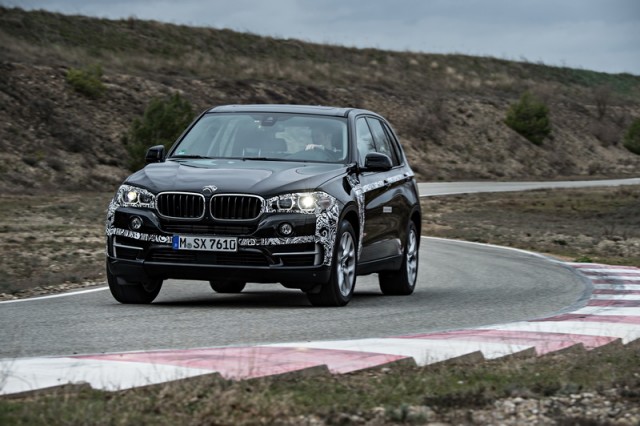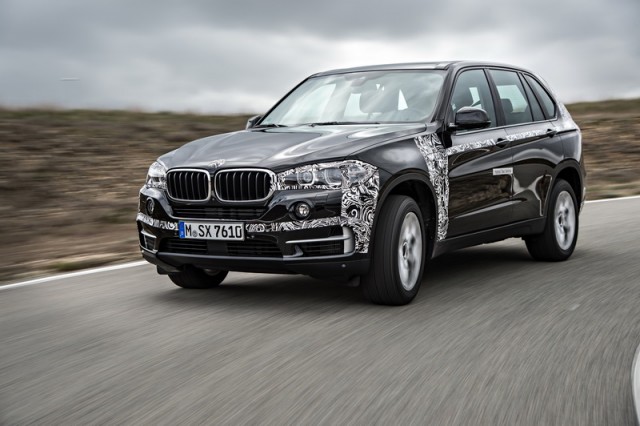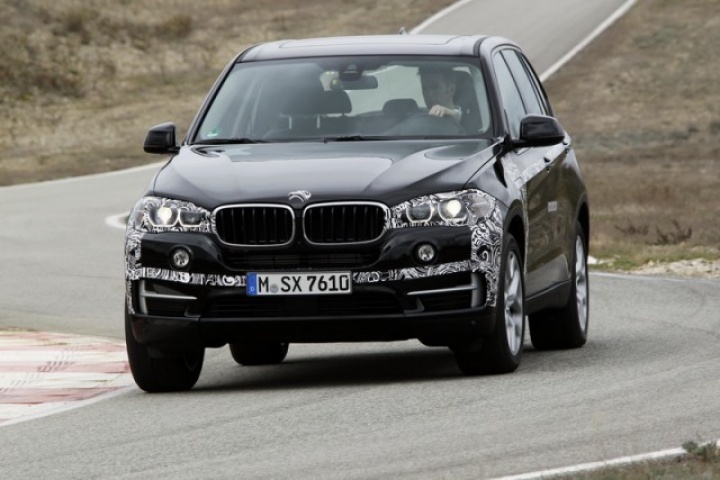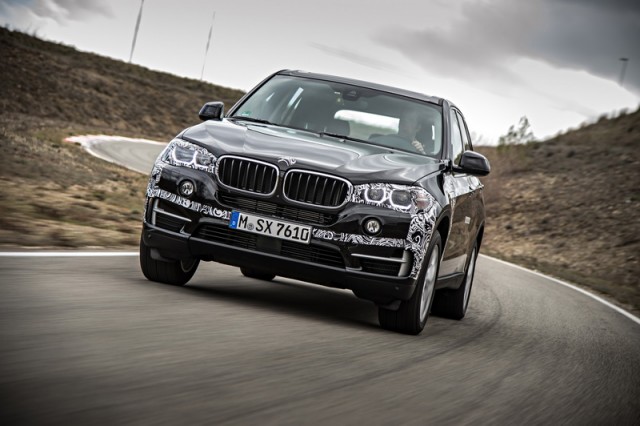Overall rating: 4.5/5
BMW is working towards reducing the environmental guilt of large SUV ownership with the introduction of hybrid technology to its X5. Here's our drive in a 'technology prototype'.
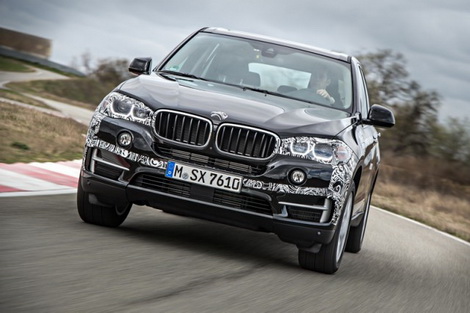
In the metal 4/5
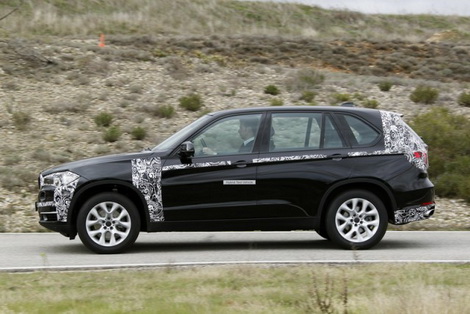
Despite what the liberal use of camouflaging might suggest, there will probably be very little to differentiate the final production version of this plug-in hybrid from other BMW X5 models. The tell-tale giveaway is the wing-mounted flap just above the front left wheelarch for the plug-in socket. Unlike the pre-production prototypes that we drove, final versions are likely to have slightly smaller and more aerodynamically-efficient alloy wheels to help maximise airflow over their surfaces, in order to help reduce drag and improve fuel efficiency further. BMW's 'air curtain' design that channels air through the front bumper, across the face of the wheel and back out through a groove just ahead of the front doors will play a bigger role in this X5 as well.
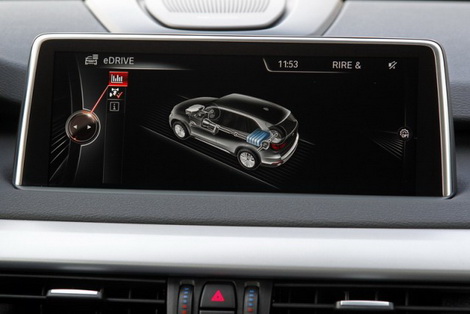
For the most part it will be very much a familiar feeling to the interior, where the only real change will be an additional button near to the gear selector, used to engage full-electric mode. The car's large infotainment screen is capable of displaying an animated real-time status of which power source is being used, as well as showing when energy recuperation is occurring. There is a reduction in the useable volume of the boot space however, due to the battery cells and electric motor.
Driving it 4.5/5
Obviously being pre-production prototypes, driving impressions needs to be taken with a pinch of salt. That said, in both full-electric and hybrid modes the hybrid X5 delivers quite an impressive drive. It will be possible for the X5 eDrive to travel up to 30 kilometres solely on electric power - a distance that, according to BMW, is further than the average daily commute for 80 per cent of X5 drivers.
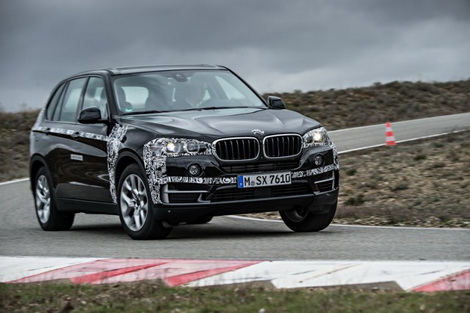
In town-like driving conditions with plenty of start-stop traffic the electric-only function generates more than enough instantaneous torque to enable the X5 to feel quick off the line. Of course the intention of the eDrive system isn't to confuse other motorists as you silently race away from the traffic lights, but more so to drive efficiently and allow the system to harvest further electricity when off-throttle and braking.
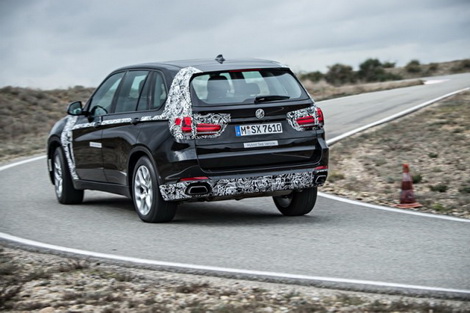
Provoke the throttle and the turbocharged four-cylinder petrol engine spools into life and gives the X5 quite a healthy shove in the back. The petrol engine steps in and cuts out almost seamlessly depending on the requirements placed upon the eDrive transmission by the driver. Selecting the Sport driving mode fully engages the electric motor along with the petrol engine to give maximum performance. The interaction of the petrol and electric motors also provides an unusually good aural experience.
What you get for your money /5
It's likely that the plug-in hybrid X5 will be launched within the next 12 months - most likely at the Los Angeles Auto Show at the end of the year - and although it remains too early to speculate on pricing, expect a premium. The X5 eDrive will qualify for government grants that, taking the i3 REX (range extender) for example, could see a saving of €5,000. Another benefit is the predictably low CO2 emissions, which should make the BMW quite reasonable when it comes to road tax, and of course that determines the overall purchase price too through the VRT. We'll not assign a rating in this category until we know all the figures though.
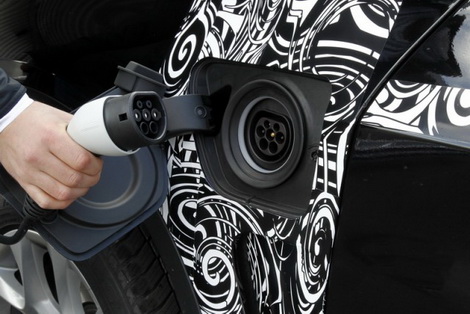
Worth Noting
Unlike many hybrid vehicles, the X5 eDrive still manages to pack more than enough performance, which, when you consider the physical size of the car, makes it that bit more impressive. Added to this, during a discussion with one of the prototype's engineers, we were told that the towing capability of the plug-in hybrid version will be the same as that of the standard X5 (that's 3,500kg for all four-wheel drive versions). And even though this new eDrive system was showcased in the X5, the system itself is relatively compact, meaning that it should require little change to be installed into other models.
Summary
At first glance the concept of a small petrol engine in a large SUV like the BMW X5 may seem like a stretch too far in order to keep the environmentally-concerned bureaucrats happy, even with the latest electric technology on-board. In reality, it is in fact an engine and transmission solution that could become the more popular choice, especially given the relatively short urban commuting life of most X5s, and judging by the pre-production prototypes we drove, it will be good enough to convert many.
